After a more than two-year absence, the Chevrolet Bolt will make its return next year, the bowtie brand now says. It will undergo a number of changes and is expected to get better range and performance. But the bigger question is whether it will maintain its position as the country’s most affordable battery-electric vehicle. More from Headlight.News.
General Motors has confirmed plans to relaunch the Chevrolet Bolt sometime next year, though it will be designated a 2027 model.
Accompanied by a series of teaser images, Chevy offered a few tidbits of information about the new model, and it is widely expected to be updated in a variety of ways, including longer range, improved performance and the use of a new NACS charging port that will gain it access to the vast Tesla Supercharger network. As before, we may see more than one body style, as well.
One question left to be answered, however, is pricing. The original Bolt started under $30,000 – before federal EV tax credits. Those incentives will end next month and that means pricing should play an even more significant role in marketing Volt which, GM officials have repeatedly indicated, will slot in below the current Chevrolet Equinox EV which now starts at $33,600. There’ve been numerous reports indicating the 2027 Bolt may start below $30,000.
What’s new
The original Bolt was sold in both 5-door hatch and SUV forms. There has been speculation multiple body styles will be delivered this time around. The teasers appear to suggest the EV will first launch, as it originally did, in hatchback form.
Bolt has been out of production since December 2023. We’ll have to wait until later this year to get an official look at the next-generation EV. It’s expected to go into production early in 2026 but the automaker said it will be marketed as a 2027 model.
The teasers show much more modern, slit-like LED headlamps – framed by black trim lifted from the original Bolt – and a more aggressive nose. The lower portion of the front end features a honeycomb-style grille to channel cooling air to the new Bolt’s motors, electronics and battery pack.
Bolt will get “some…cool stuff,” Chevy teased. A more detailed close-up, meanwhile, reveals one of those desirable upgrades: a North American Charging System, or NACS, charger port.
Why that matters
By adopting a NACS port, the new Bolt will gain access to the Tesla Supercharger network which means an additional 3,000 stations across North America – each averaging about 10 actual charger stalls. That could prove particularly important in light of the Trump administration’s move to halt the funding provided under former Pres. Joe Biden for the rollout of a nationwide charging network.
New Bolts will still be able to use an adaptor to access older CCS chargers.
We’ll have to wait for more information on the electric drivetrain. It’s widely expected, however, that Bolt will be offered in several different configurations, including since front-wheel-drive and twin-motor all-wheel-drive packages, much like the other Chevy EVs. And with General Motors now planning to start producing lithium-iron-phosphate batteries, we may see options including lower-cost LFP and longer-range lithium-ion packs.
Based on what GM has done with other, more recent EVs, such as the electric Equinox, faster charging is likely on the list of upgrades for the 2027 Bolt. Whether that means it will migrate to a more modern – albeit more costly – 800-volt electrical architecture remains unanswered.
More EV News
- Ford Has “Model T Moment” Coming as it Prepares to Launch a More Affordable EV
- Sony-Honda Partnership Prepares to Launch Afeela 1 EV
- First Drive: 2026 Cadillac Lyriq-V is the Brand’s Fastest Model Ever
Pricing
It’s been widely reported that we may see Bolt start below $30,000 based on comments previously made by officials including GM CEO Mary Barra. As things stand right now, that would position it as the most affordable EV on the U.S. market. And with federal tax credits going away at the end of September, a low base price could prove essential to prop up consumer demand.But that could be challenging for a variety of reasons. For one thing, new vehicle prices have risen sharply since the last Bolt rolled out in December 2023, and the numbers are expected to surge in the coming months due to the Trump administration’s various tariffs.
GM has indicated plans to ramp up the use of domestic suppliers, but that’s a process that will need time to ramp up. Depending upon where Chevy sources various components they could face import duties of anywhere up to and over 100%. Foreign-made steel and aluminum are hit with tariffs of 50%, a figure the president plans to apply to overseas sources of copper – an essential part of every electric vehicle.
However GM brings in the new Bolt, it’s expected to face more competition for the “most affordable EV” title. Ford CEO Jim Farley signaled this week he will provide an update on that automaker’s “skunkworks” program targeted with developing low-cost electric vehicles. This will be a “Model T moment,” Farley suggested, a reference to the company’s early runabout which revolutionized the auto industry. But several other manufacturers, including Tesla, are also developing base EV products.
Production and timing
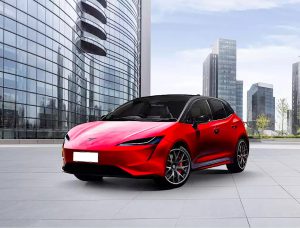
Tesla has been working up its own more affordable product line, sometimes referred to as the Model 2.
GM said it will provide further updates on Bolt this year and production of the next-generation EV could begin before the New Year. But the new Bolt won’t reach showrooms until sometime in 2026 and will be designated a 2027 model.
If past is prologue, Chevy will come up with numerous trims and possibly several body styles. Those would be phased in over a matter of months, if not over a year or two, as we saw happen with both the Blazer EV and Equinox EV lines.
The original Chevrolet Bolt was produced at GM’s big assembly plant in Orion Township, Michigan. When production ended, the automaker launched a $4 billion upgrade of the factory, originally intended to outfit to produce even more new EVs. GM recently reversed course and the facility now will produce gas models such as the Chevrolet Silverado and Cadillac Escalade. Production of the next-generation Bolt now has been shifted to the automaker’s Fairfax Assembly Plant outside Kansas City.

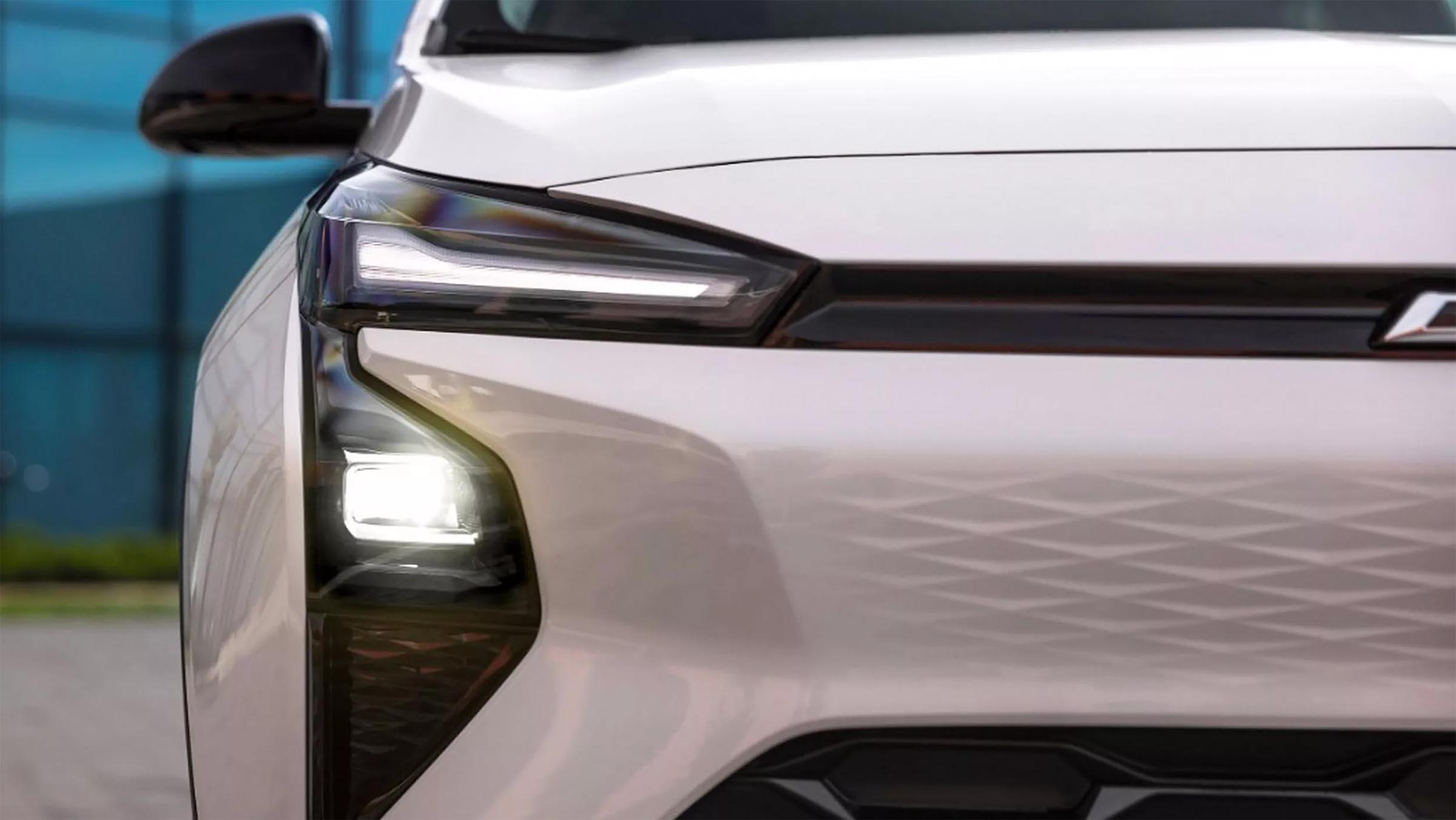
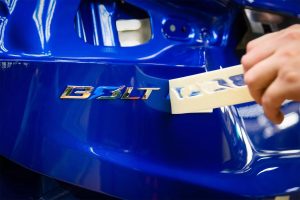
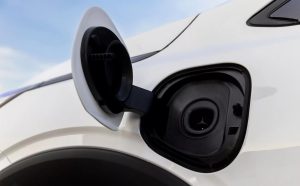
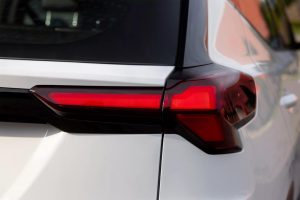
![2023-Chevrolet-Bolt-driving[1]](https://headlight.news/wp-content/uploads/2023/09/2023-Chevrolet-Bolt-driving1-300x209.jpg)

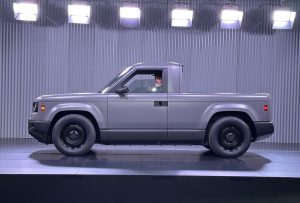
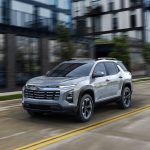
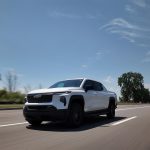



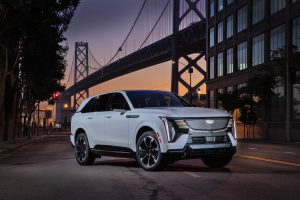
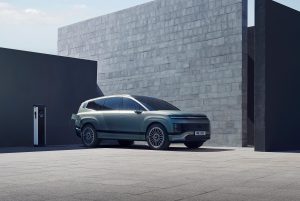
0 Comments